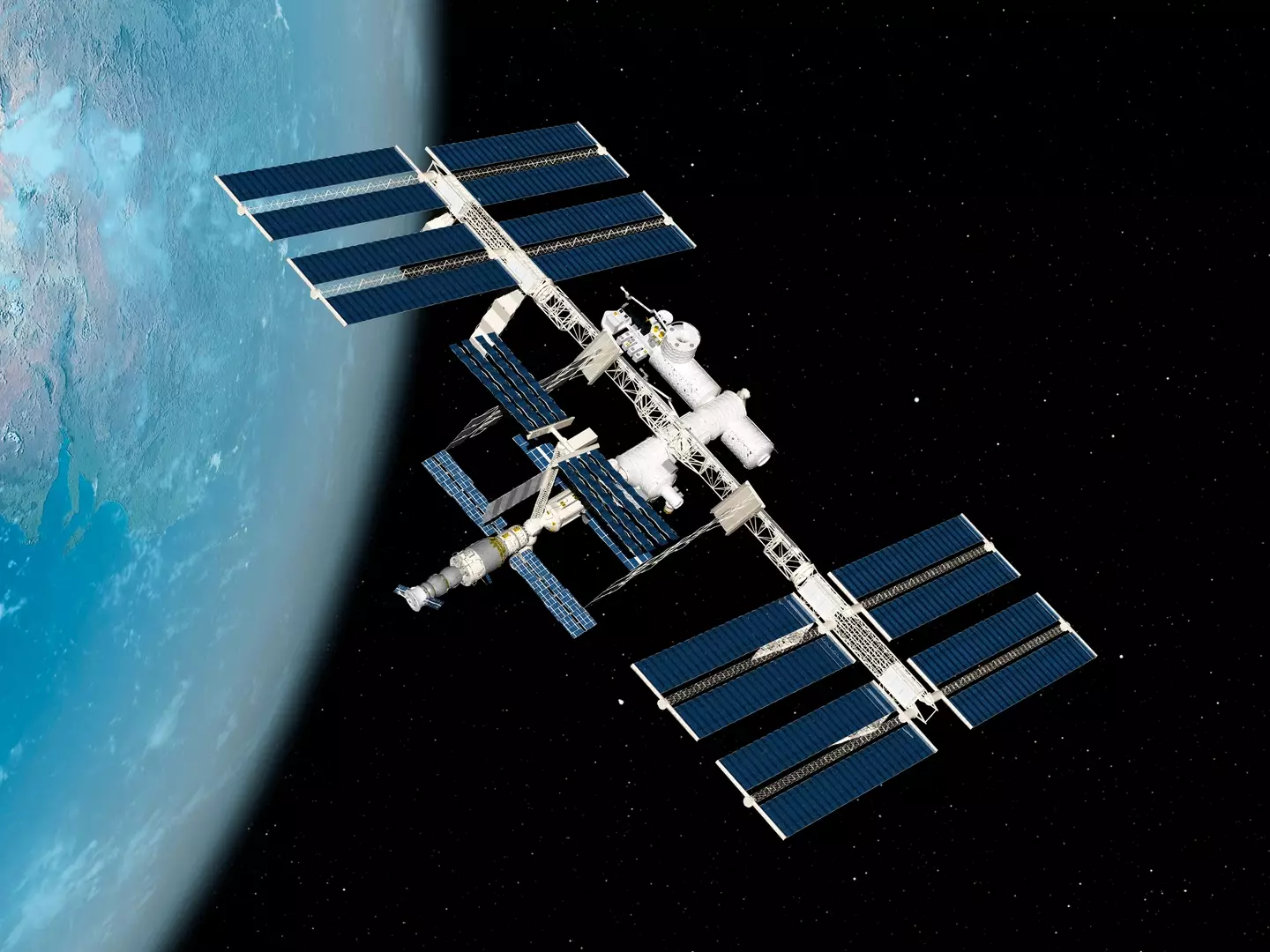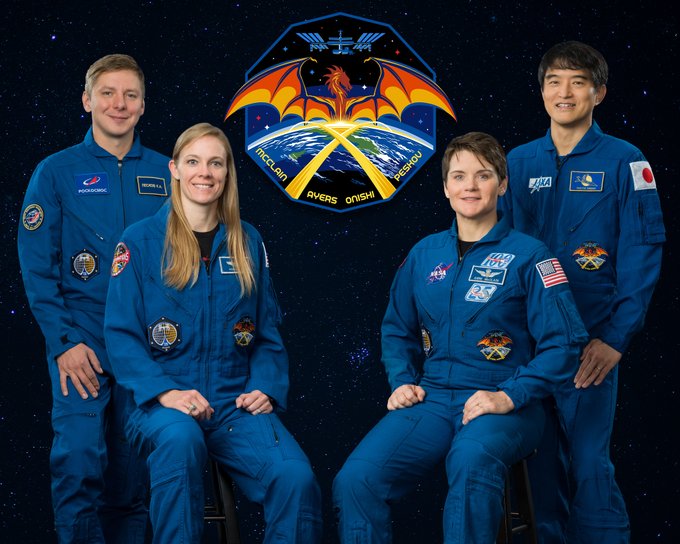
However, NASA ultimately determined that salvaging parts of the ISS would be too costly and complex, leaving only one option: complete destruction.
On June 26, NASA awarded SpaceX a massive $843 million contract to handle the deorbiting of the ISS. The plan involves deploying a specialized Deorbit Vehicle, which will function as a space tugboat, guiding the station down into Earth’s atmosphere, where most of it will burn up upon re-entry.
“Selecting a U.S. Deorbit Vehicle for the International Space Station will help NASA and its international partners ensure a safe and responsible transition in low Earth orbit at the end of station operations,” said Ken Bowersox, associate administrator for NASA’s Space Operations Mission Directorate.

Given the immense size of the ISS, some parts are expected to survive the intense heat of re-entry. Careful planning is essential to ensure any remaining debris lands safely in the ocean or other remote areas—far from populated regions.
“Most of the Earth is covered in water, and space scientists are well versed in applying changes to satellite orbits right up until the point of re-entry to precisely control the path of a spacecraft,” Dr. Darren Baskill, an astronomy lecturer at the University of Sussex, told BBC Science Focus.
Baskill explains that fine-tuned orbital adjustments will guide the ISS’s final descent, ensuring that surviving debris lands safely in an uninhabited area.
Reflecting on the station’s legacy, he added: “What the ISS has provided over the last 23 years is a platform for a wide variety of experiments with a rapid turnover that simply cannot be carried out on the ground. It has also fostered international cooperation and inspired many to pursue studies in science.”


Elon Musk’s SpaceX Secures $843 Million Contract to Deorbit the ISS
(Sorry, No Giant Laser Involved)
Elon Musk’s SpaceX has officially been awarded NASA’s lucrative $843 million contract to safely bring down the International Space Station (ISS).
The ISS, which orbits 400 km (250 miles) above Earth, has been continuously crewed since 2000 and has hosted thousands of groundbreaking space experiments. However, despite its structural integrity, certain components are deteriorating. If left unchecked, the 430-ton station could eventually fall out of orbit on its own—something no one wants crashing into their backyard.
NASA’s plan involves constructing a massive “tugboat”—a specialized Deorbit Vehicle—to guide the ISS into a controlled descent over the Pacific Ocean. Unlike some decommissioned ships that become artificial reefs, the ISS will “destructively break up” during re-entry, though some fragments are expected to survive the intense heat.
“The orbital laboratory remains a blueprint for science, exploration, and partnerships in space for the benefit of all,” said Ken Bowersox, NASA’s associate administrator for Space Operations.
While SpaceX will design and build the deorbit craft, NASA will ultimately oversee the demolition mission. So, for anyone hoping Musk would get to vaporize the ISS with a giant laser—sorry, that’s not happening.
The mission is expected to take place around 2030, as NASA shifts its focus to commercially owned space destinations closer to Earth.

The End Is Nigh for the ISS—But What Comes Next?
Most countries have committed to supporting the International Space Station (ISS) until 2030, while Russia has pledged to remain involved until 2028. But with the station’s retirement on the horizon, the race to build commercial space stations is already underway.
Private companies—including SpaceX, Jeff Bezos’ Blue Origin, Axiom, and Vast—are actively developing next-generation space habitats, some of which could launch as early as 2025.
NASA’s Ken Bowersox reiterated the importance of a controlled ISS deorbit, stating:
“Selecting a U.S. Deorbit Vehicle for the International Space Station will help NASA and its international partners ensure a safe and responsible transition in low Earth orbit at the end of station operations. This decision also supports NASA’s plans for future commercial destinations and allows for the continued use of space near Earth.”
A Final Resting Place: Point Nemo
When the ISS meets its fiery demise, its remnants are expected to fall into Point Nemo—a remote spot in the Pacific Ocean, about 2,500 km (1,550 miles) from the nearest landmass. Known as the “spacecraft cemetery,” this desolate region has long been the final resting place for decommissioned satellites and space debris.
Unlike other historic sites, Point Nemo is unlikely to become a tourist hotspot—unless, of course, someone fancies a long and lonely boat ride to see the scattered remains of one of humanity’s greatest space achievements.

Elon Musk Claims Astronauts Were Stranded in Space for ‘Political Reasons’
Despite calls from Donald Trump urging Elon Musk to launch a rescue mission, NASA has maintained that the delay in returning astronauts Williams and Wilmore was unrelated to political pressures.
However, Musk has now spoken out, alleging that the astronauts were “left up in the stars for political reasons.” Speaking to Fox News alongside former President Trump, Musk stated:
“At the — at the president’s request, we — or instruction, we are accelerating the return of the astronauts, which was postponed, kind of, to a ridiculous degree.”
When it was noted how long the astronauts had been in space, Trump quickly placed the blame on former President Joe Biden, while Musk doubled down, saying:
“They were left up there for political reasons, which is not good.”
SpaceX Prepares for the Return Mission
Despite the controversy, Musk reassured that SpaceX is fully prepared to bring the astronauts home safely.
“Well, we don’t want to be complacent, but we have brought astronauts back from the space station many times before, and always with success. So, as long as we’re not complacent.”
NASA has yet to directly address Musk’s comments but continues to emphasize that crew rotations are carefully planned based on operational and safety factors rather than political influence.

What Will Happen to Earth When the ISS Comes Down?
As the International Space Station (ISS) nears its fiery descent, concerns have emerged about the potential environmental and safety risks involved in bringing down such a massive structure.
One major worry is the risk of the ISS veering off course during re-entry. If the station were to deviate from its planned trajectory, it could crash into a populated area rather than the remote Point Nemo in the Pacific Ocean. While NASA has extensive experience in controlled deorbits, the sheer size of the ISS adds an extra layer of uncertainty.
Even if everything goes according to plan, the environmental impact remains a concern. Dropping such a large volume of space debris into the ocean raises questions about long-term effects, particularly with toxic or radioactive materials that may survive re-entry.
In fact, NASA has admitted that some hazardous substances could leak into the sea, potentially leading to unintended consequences for marine ecosystems.
Is It Even Legal?
Surprisingly, dumping the ISS into the Pacific Ocean might not be entirely legal. International laws governing ocean pollution could pose challenges to NASA’s disposal plan. Regulations such as the London Convention on ocean dumping aim to prevent hazardous waste disposal in international waters—raising the question of whether placing the ISS in Point Nemo could violate these agreements.
As the countdown to the ISS’s retirement continues, NASA and global partners will need to carefully navigate both technical and legal challenges to ensure a safe and responsible deorbit.






